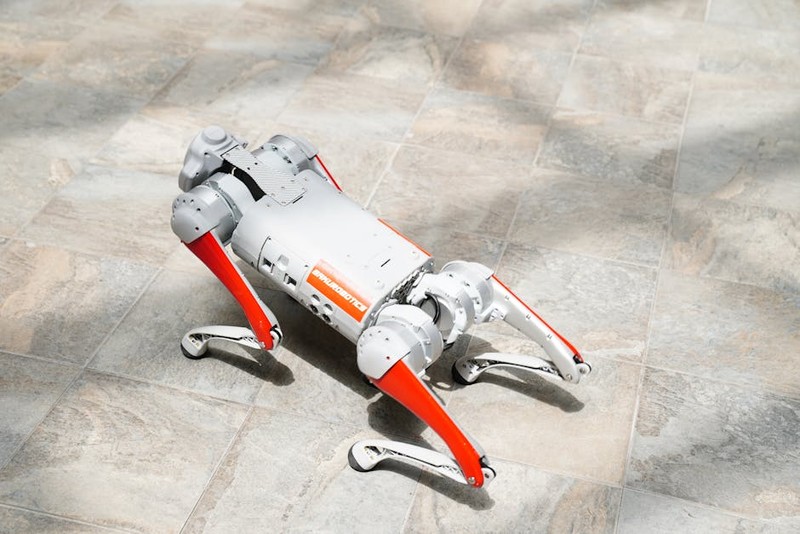The Hidden Challenge: Speed vs. Precision in High-Volume Machining
In the world of CNC machining, rapid production runs are a double-edged sword. Clients want parts fast, but they also demand micrometer-level accuracy. The real challenge isn’t just cutting metal quickly—it’s doing so without compromising quality or tool life.
A Pain Point I’ve Seen Too Often
In one project, a client needed 5,000 aerospace brackets in three weeks. Their existing process took 22 minutes per part—far too slow. Rushing led to tool breakage and scrapped parts. Here’s how we turned it around:
– Redesigned toolpaths to minimize air-cutting (saved 18% cycle time).
– Switched to high-performance carbide tools (extended tool life by 40%).
– Implemented trochoidal milling for tough materials like Inconel (reduced heat buildup).
The result? 15% faster production, zero scrap, and on-time delivery.
Expert Strategies for Rapid, High-Quality Production
1. Toolpath Optimization: The Silent Game-Changer
Most machinists focus on feed rates, but advanced CAM strategies make a bigger impact:
🔍 Adaptive Clearing: Reduces tool load by 50% in roughing, enabling higher speeds.
⚙️ High-Efficiency Milling (HEM): Uses constant chip load to prevent tool deflection.

Case Study: A medical device manufacturer cut cycle times from 14 to 9 minutes per part using HEM, saving $12,000 per batch.

2. Material Matters: Choosing the Right Alloy
Not all metals behave the same under speed. For rapid runs:
| Material | Optimal Speed (SFM) | Key Consideration |
|---|---|---|
| Aluminum 6061 | 800–1,200 | High RPM, low torque |
| Stainless 304 | 150–300 | Coolant critical |
| Titanium Grade 5 | 200–350 | Tool coating essential |
💡 Pro Tip: For aluminum, use uncoated end mills—coatings can cause built-up edge.
3. Machine Setup: Small Tweaks, Big Gains
- Pre-staging tools: Reduces non-cut time by 20%.
- Pallet changers: Ideal for lights-out production.
The Future: Hybrid Approaches for Even Faster Turnarounds
Combining additive manufacturing (AM) with CNC machining is revolutionizing rapid production. For example:
– AM near-net shapes reduce machining time by 60% for complex geometries.
– Hybrid machines (like DMG Mori’s Lasertec) cut post-processing steps.
Lesson Learned: In a recent turbine blade project, hybrid tech slashed lead time from 6 weeks to 10 days.
Key Takeaways for Your Next Rapid Run
- Prioritize toolpath strategies over brute speed.
- Match material to machining parameters—don’t guess.
- Invest in tool coatings and coolant systems for tough alloys.
- Explore hybrid manufacturing for complex, high-volume parts.
Final Thought: Speed isn’t just about the machine—it’s about the process. Optimize wisely, and you’ll deliver both fast and flawless parts.
